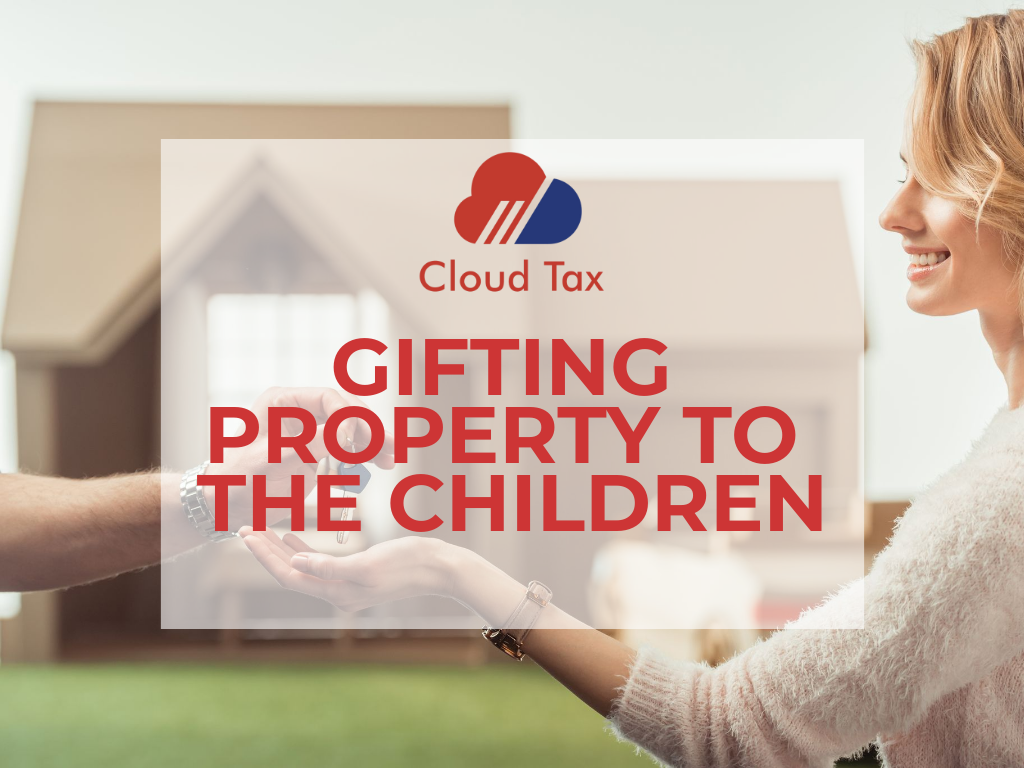No one likes the idea of the taxman taking a chunk of their estate when they die, particularly if it will be necessary to sell a much-loved property to pay the inheritance (IHT) bill. The introduction of the residence nil rate band (RNRB -set at £175,000) means that a couple can now leave combined estates worth £1 million free of inheritance tax where this includes a residence valued at £350,000 or more, which is left to direct descendants. However, the RNRB is reduced where a person’s estate is worth more than £2 million and lost where the value of the estate exceeds £2.35 million.
If it looks likely that there may be IHT to pay, the idea of taking steps to reduce this is attractive. Where property is given away more than seven years before the donor’s death, it escapes IHT. Giving property to the children may, at first sight, be an attractive option, but there are traps to be aware of.
Giving away the main residence
If the main residence is given away, there will be no capital gains tax to pay as long as the main residence exemption applies in full. However, if the property is retained by the children as an investment property, the capital gains tax clock will start to run from the date that they acquire it. By contrast, if the property is gifted at death, there will be a capital gains tax uplift to the value at death, but there may be some inheritance tax to pay (potentially at 40%).
Problems can arise if the parents give the property to the children but continue to live in it. There are two sets of anti-avoidance rules that can apply – the gifts with reservation rules (GWR) and the pre-owned asset (POA) rules.
The GWR rules apply where a donor gives an asset away but continues to derive benefit from it. An example would be parents who transferred their home to their children but continued to live in it. The rules effectively ignore the transfer for inheritance tax purposes, such that it forms part of the death estate.
The POA impose an income tax charge on the previous owner if they give a property away but continue to live in it, based on a notional market rent of the property.
Investment property
Seeking to take an investment property outside of the death estate can trigger a capital gains tax charge where a property is given to a child, even if no money changes hands. A child is a connected person and the property is deemed to be disposed of at market value. This may trigger a capital gains tax bill of 18% or 28% of the gain (to the extent it exceeds the annual exemption), which must be paid within 30 days (but with no proceeds from which to pay the tax).
Take advice
Giving away property in an attempt to save inheritance tax can be very complicated and it is easy to get it wrong; professional advice should be taken in advance.
For more information, Book a Free Consultation!

